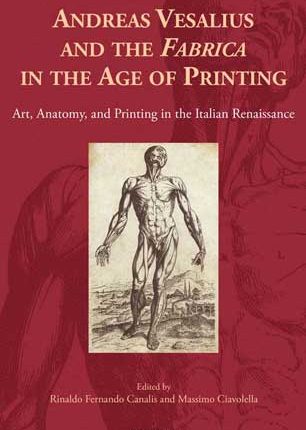
We are pleased to announce a new book in our Cursor Mundi series, edited by UCLA-CMRS director Massimo Ciavolella and UCLA surgeon Rinaldo Canalis: Andrea Vesalius and the Fabrica in the Age of Printing: Art, Anatomy, and Printing in the Italian Renaissance. This new volume is based on the proceedings of our February 2015 conference “The Illustrated Body: Printing, Anatomy, and Art in the Renaissance.”
Andrea Vesalius and the Fabrica in the Age of Printing explores the origins and impact of the most famous book in the history of medical science and one of the milestones of the Italian Renaissance, Vesalius’ De humanis corporis fabrica published in 1543. Within a few years, De humanis corporis fabrica transformed the imperfect art of anatomy into a modern science. This extraordinary work came about not only because of its author’s genius and industry but for additional reasons that remain (despite a vast body of scholarship) inadequately explored.
These questions, the historical moment from which they stem, and the setting in which Vesalius produced the Fabrica, form the core of this volume; significant factors are the short time during which De fabrica was produced, the debate about authorship of the illustrations, and its impact on the teaching of anatomy. The book’s significance within the context of present-day views of its historical value, and the ever increasing fascination it evokes among scholars and collectors alike, are also examined.

